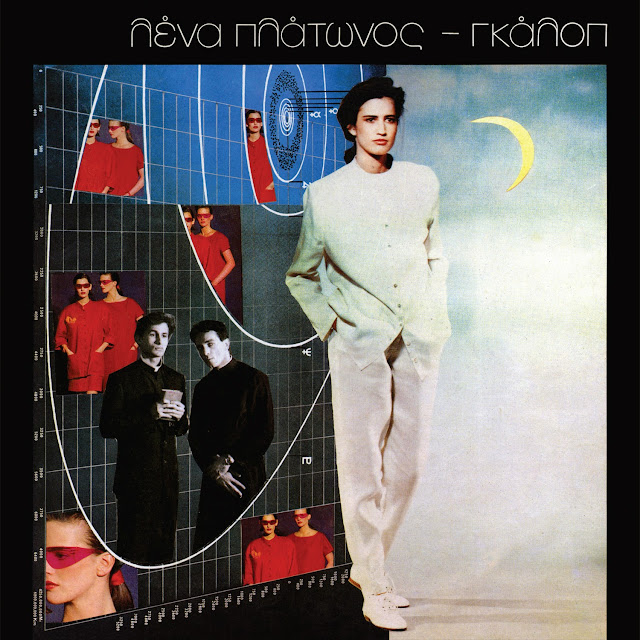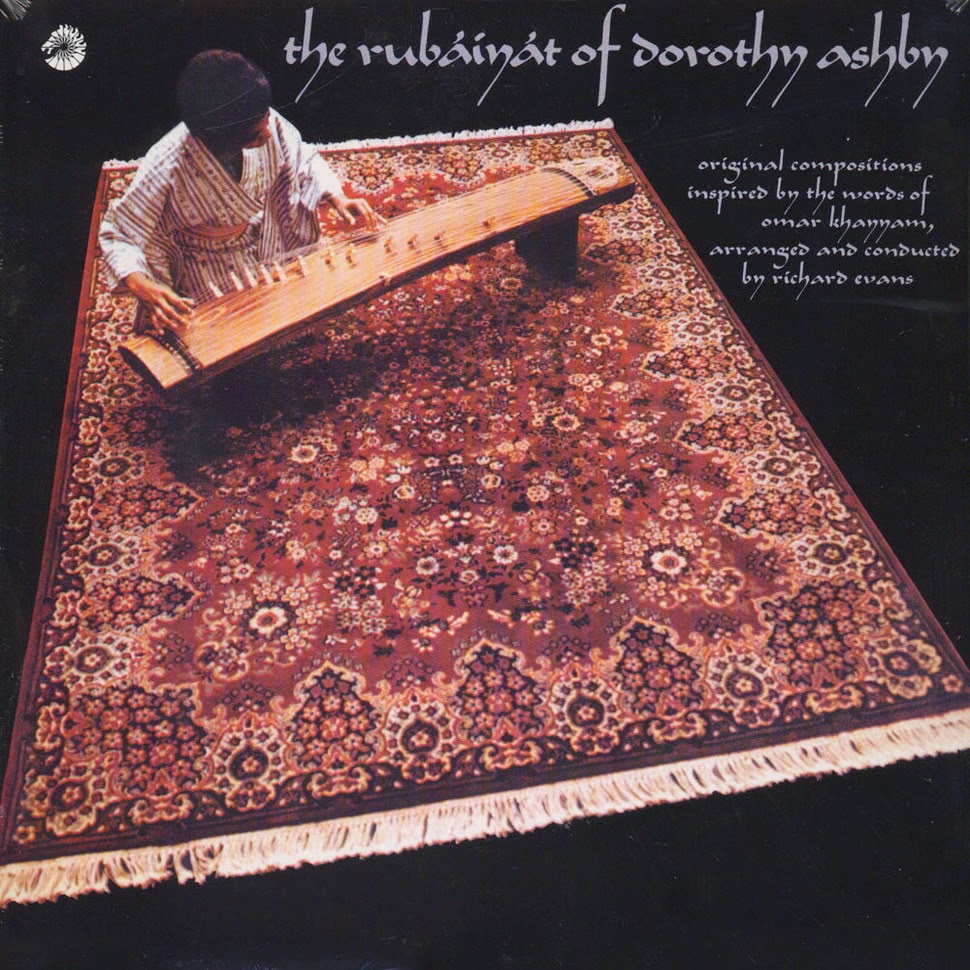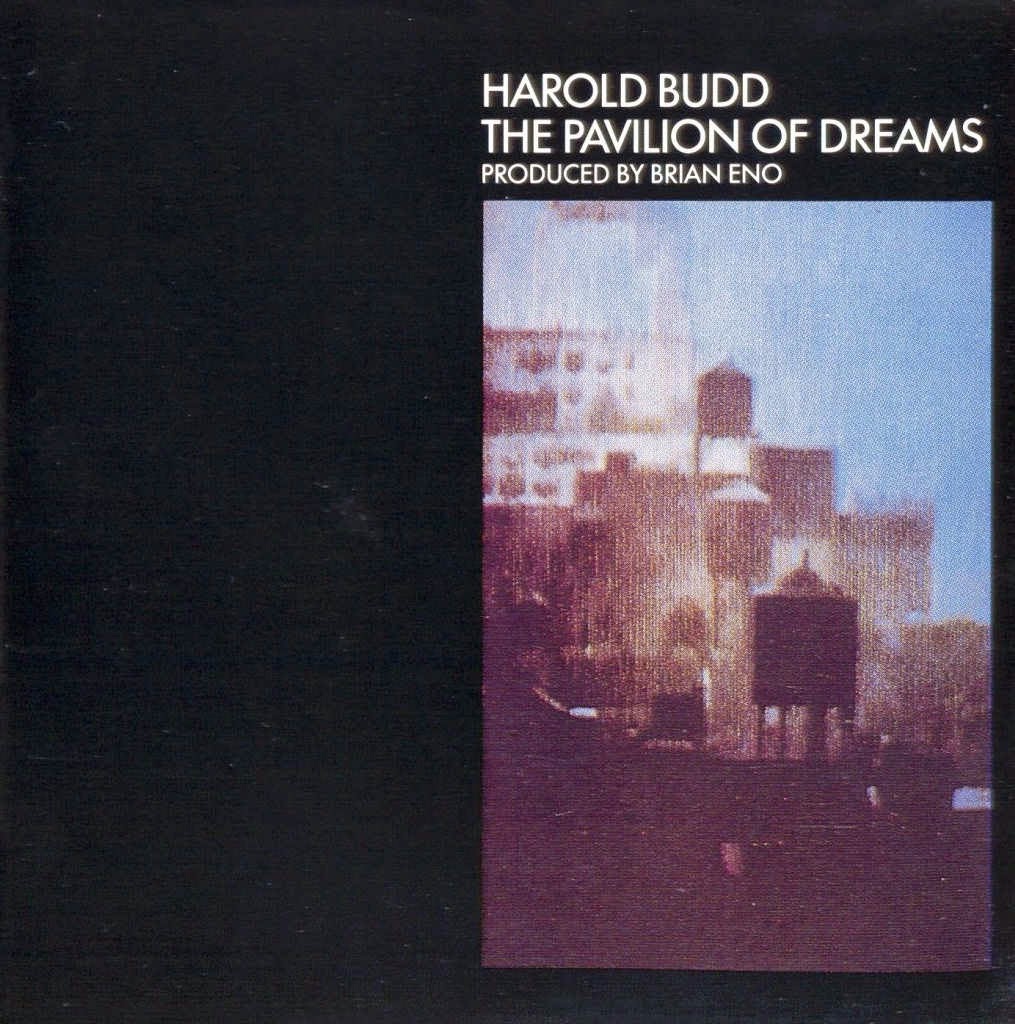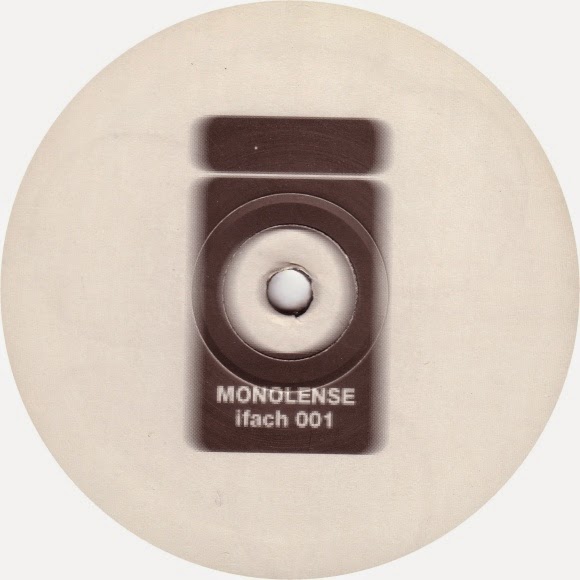
Arto Lindsay made a name for himself as a founding father of the New York no wave scene with his project DNA. He went on to work with the Lounge Lizards, Ambitious Lovers, and the Golden Palominos before producing a slew of solo records. Though American, Lindsay’s parents were missionaries and he spent his teenage years in Brazil at the height of the tropicália movement. This Brazilian influence emerged more and more throughout his 40 year long career, spawning a trilogy of records dense with Brazilian sound: O Corpo Sutil (1996), Mundo Civilizado (1996), and finally, Noon Chill. Lindsay has also done production work for Caetano Veloso, Tom Zé, Gal Costa, Vinicius Cantuária, and Carlinhos Brown, to name a few. (Side note: he’s also responsible for the weirdest/best cover ever of Prince’s “Erotic City.”)
Noon Chill sounds like a well-intentioned poolside afternoon gone on a codeine bender. Most of the songs are bossa nova at heart, but they continuously slip down dark, trip-hoppy rabbit holes and spiral off into ominous drum and bass riffs. It’s like Tanto Tempo‘s sinister older brother. Combined with Lindsay’s trademark disinterested vocals and lyrics like “I do love your lack of all expression/I find it not at all distressing,” you can’t help but see Noon Chill through heavy eyelids.








